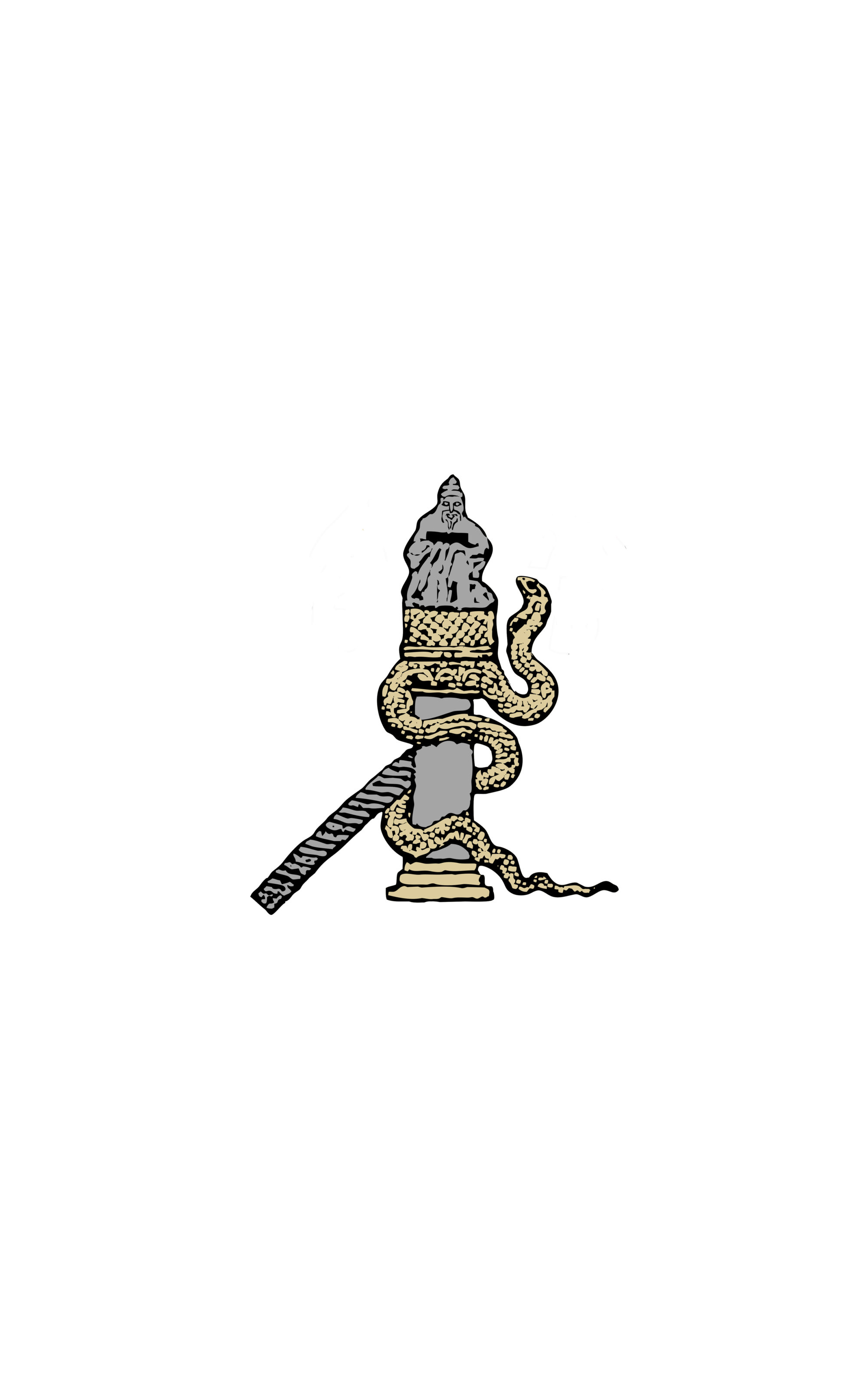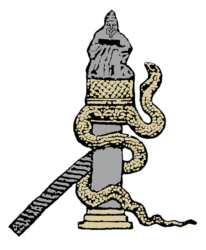XIèmes Rencontres internationales de doctorants en études byzantines
12-13 octobre 2018
Maison de la Recherche
Programme
Vendredi 12 octobre
9h Accueil
Session 1 : Autorité civile et autorité ecclésiastique à l’époque proto-byzantine
9h30 – Giulia Agostini (Université La Sapienza de Rome), La chronologie des préfets d’Égypte du IVe siècle ap. J.-C. à la lumière des dernières sources : une comparaison entre les sources papyrologiques et chronographiques
10h – Mohamed Arbi Nsiri (Université de Nanterre), L’évêque dans sa cité en Afrique byzantine
10h30 – 11h Pause Café
Session 2 : Transmissions textuelles
11h – Juan Bautista Juan López (Université de Grenade), De Ulixis Erroribus
11h30 – Julián Bértola (Université de Gand), Byzantine Verse Scholia on Ancient Authors
12h – Nino Kvirikashvili (Université de Tbilissi), Paronomasial Constructions in the Georgian and Greek Old Testament texts (The Prophets)
12h30-14h – Déjeuner
Après-midi : visite au musée du Louvre
Samedi 13 octobre
9h30 Accueil
Session 3 : Construire le culte
10h – Maria Noussis (Université libre de Bruxelles), L’architecture religieuse en contexte : le cas de la province romaine d’Épire ancienne entre la fin de l’Antiquité et le début de la période byzantine
10h30 – Darina Boykina (Institute of Art Studies at the Bulgarian Academy of Sciences), Relics and Their Veneration in Medieval Bulgaria
11h-11h30 Pause Café
Session 4 : Textes métriques
11h30 – Sien De Groot (Université de Gand), Three book epigrams in honour of Ps.-Dionysius the Areopagite
12h – Emanuele Zimbardi (Université La Sapienza de Rome et la Freie Universität de Berlin), Métrique et style dans la traduction grecque d’un sermon éphrémien
12h30- Julie Boeten (Université de Gand), The Metrical Pause in Byzantine Metre: The Example of Juxtaposed τε καί in Medieval Book Epigrams
13h—14h30 Déjeuner
Session 5 : La devotion et sa contextualisation
14h30 – Anna Salsano (Université La Sapienza de Rome), The roles of the archangels Michael and Raphael in Coptic Acta Martyrum
15h- Emilija Vuković (Université de Belgrade), Some Observations on the Depiction of the Himation in Byzantine Art
15h30-16h Pause Café
Session 6 : Transmission et réception de Byzance
16h – Vesselina Yontcheva (Institute of Art Studies at the Bulgarian Academy of Sciences), Contextualizing St George’s Vita via a Saint’s Icon from 1610
17h – Clémentine Bony-Devaux (EPHE), Le Mont Athos photographié : présentation d’un album exceptionnel du XIXe siècle
Comité d’organisation
Benoit Cantet
Pierre Charrey
Romain Goudjil
Milan Vukašinović
Lilyana Yordanova

